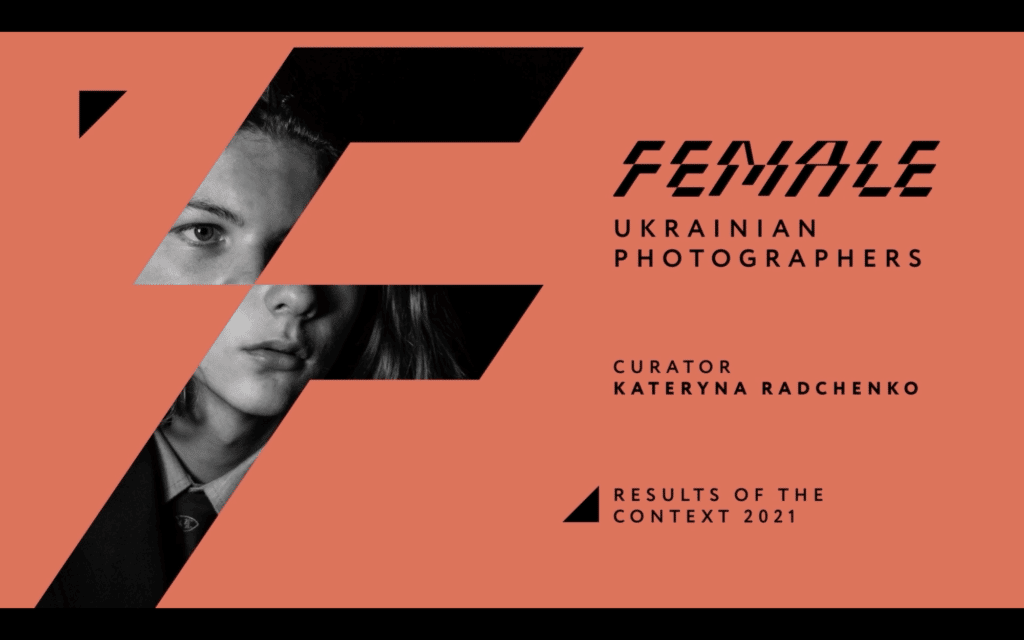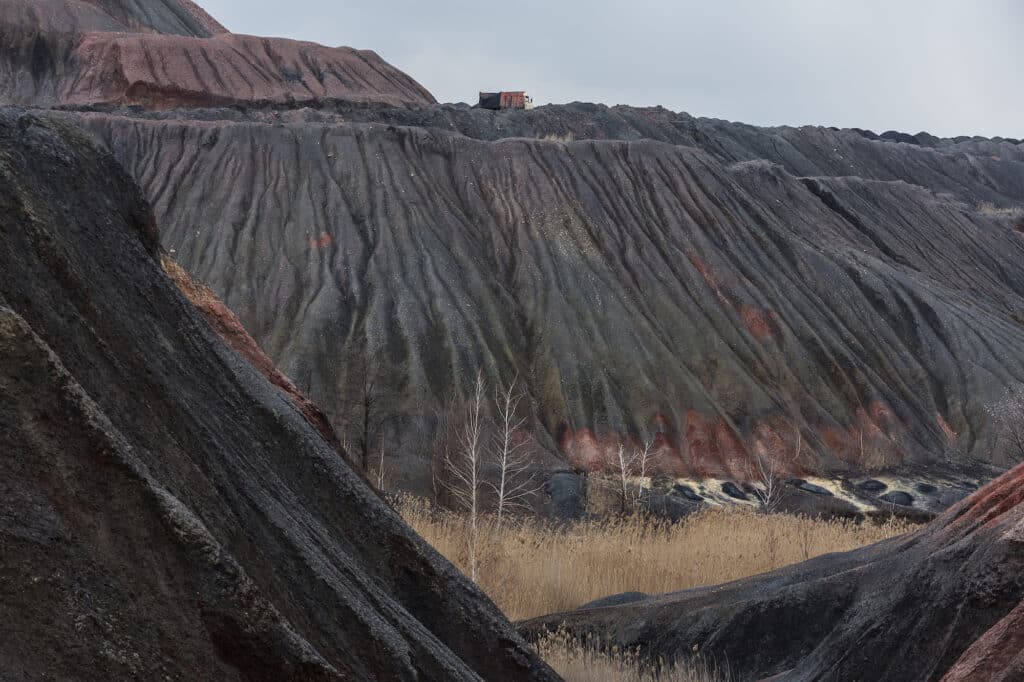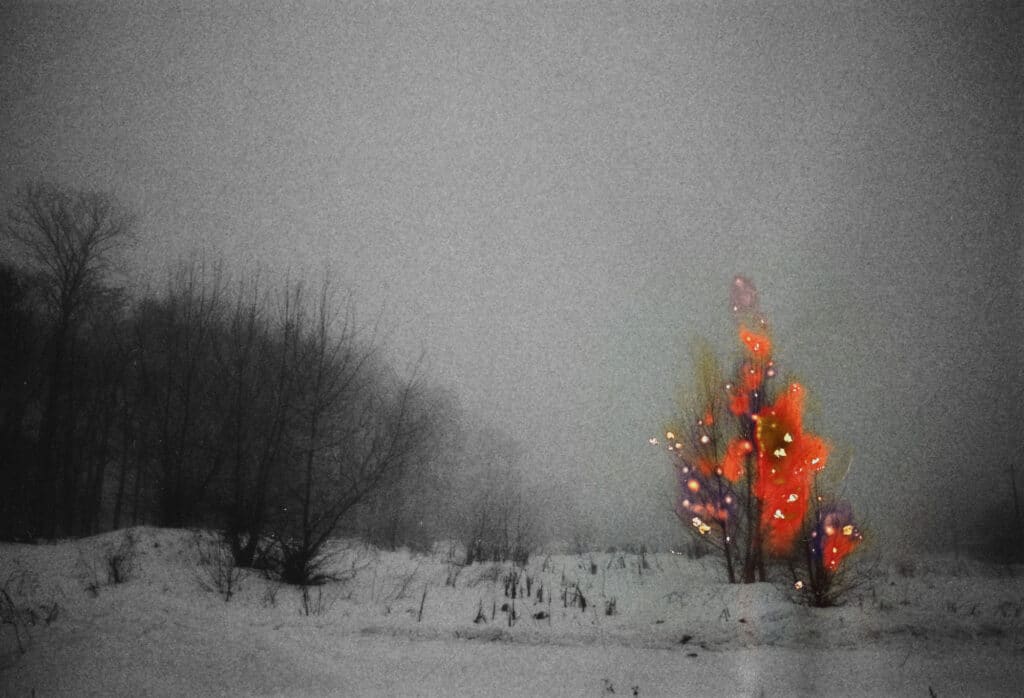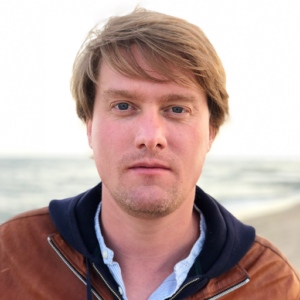What images had we really seen of Ukraine before it became the focus of world news coverage? The raw photographs by Boris Mikhailov or Alexander Chekmenev’s and Yelena Yemchuk’s gentler visions. Photographers who have been to the West, lived in Germany or in the United States, exhibited in France, worked for Western publications…
The truth is that Ukraine is a fascinating country, with a culture that’s not widely known, just like its people. It is a pleasure to learn more about them thanks to the talents of its young photographers, who are today Ukraine’s visual ambassadors.
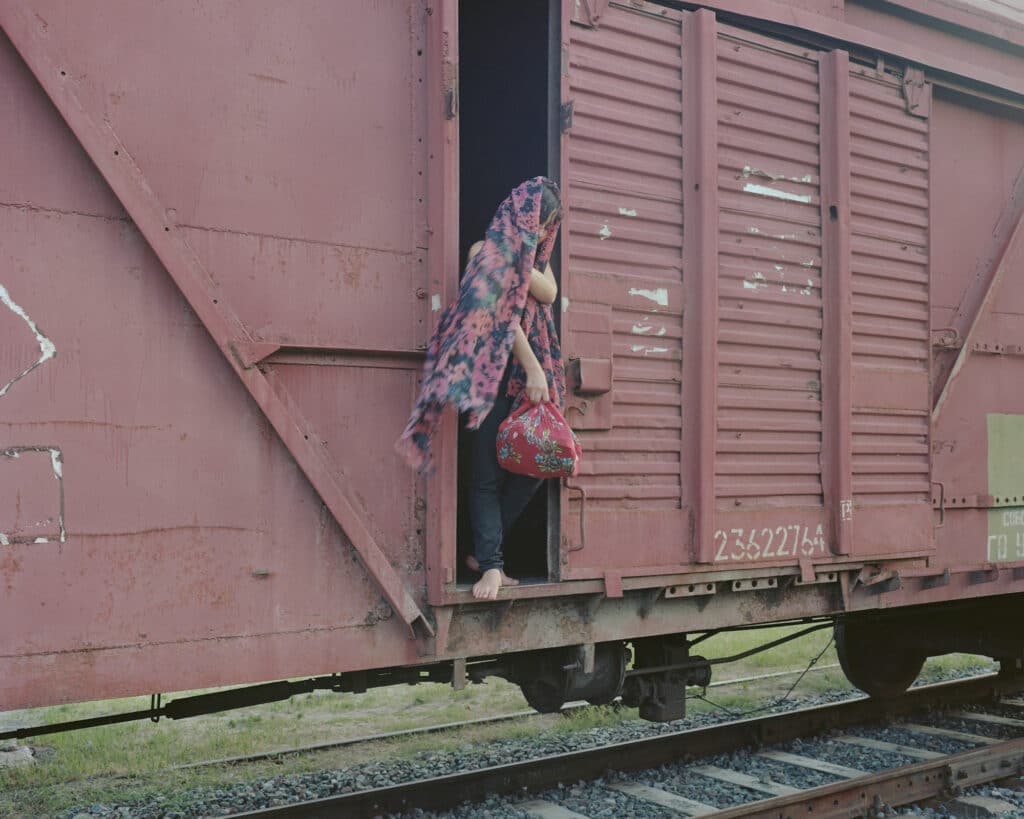
Representing their country is precisely the task of Mikhail Palinchak and Sasha Kurmaz, who, on the occasion of the exhibition of their work in Marseille, have traveled from Kyiv, passing through Madrid, Milan, or Berlin, to talk about their country, about the war, of course, but also to share the beauty of Ukraine. “We barely have time to visit Marseille. It’s a wonderful city, by the way. But work comes first.”
Palinchak is a documentary photographer. He has been covering the conflict since the beginning of the Russian invasion. But his, rather geometric, series Bilateral Rooms, on view in Marseille, takes us into the banal spaces where some of the world’s most powerful leaders make crucial decisions that shape the lives of millions, including Ukrainians.
“Some of these photos were taken during the Paris Climate Accords in 2016. I was a bit bored, and decided to create an off-beat series, which would reflect my personal view of these kinds of meetings. At the time, I was the official photographer for the Ukrainian President, and I was traveling with my country’s delegation.”
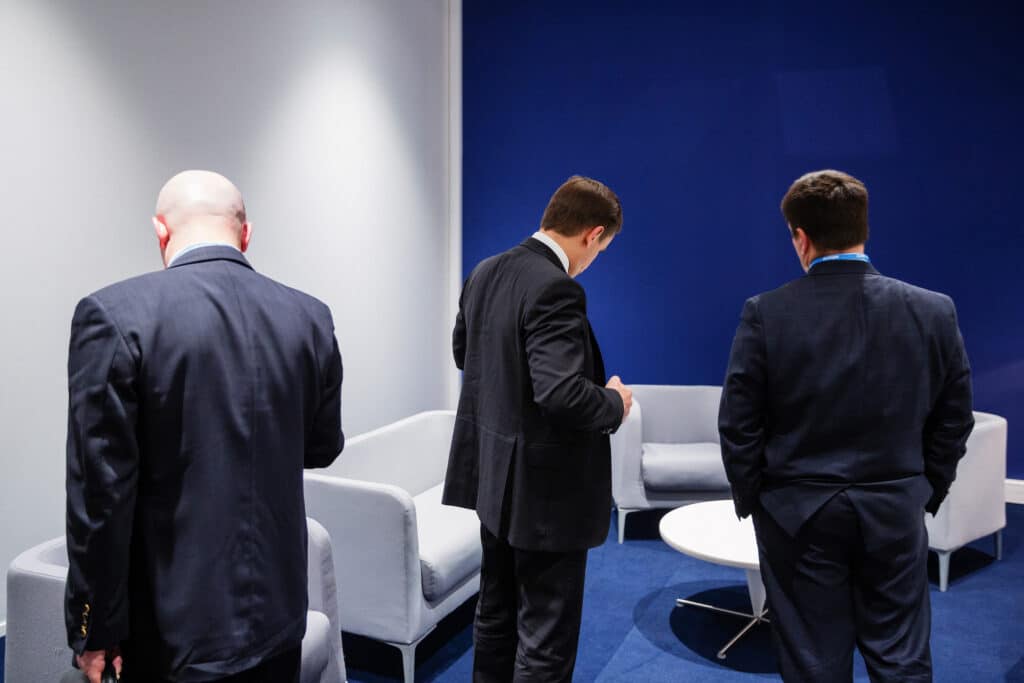
Kurmaz, on the other hand, is a multidisciplinary artist. The images and video on display at the Centre Photographique Marseille feature photos from his book Yeah, Yea, Yea, Yeah, published in 2018. It is a collection of vernacular photographs of pornographic character. Images found on social media or bought at flea markets are sorted by pose or theme.
These two photographic series, quite unrelated to the war and the sort of images that are now flooding our screens, thus offer another vision of Ukraine, less up-to-date but also less catastrophic.
Conflicts
The exhibition in Marseille is divided into three parts: “Body as Propaganda,” “Female,” and “Ukraine, life before.” These three themes have in common the fact that they remind us that Ukraine, even before the invasion of 2022, was plagued by political instability and freedom struggle in some regions. We are therefore discovering the memory of a country in the context of its recent independence.
The photographer Oksana Parafeniuk’s images are the best testimony of the escalation of the Ukrainian imbalance. While perusing the exhibition, one comes upon joyful as well as troubling scenes, as we watch the Ukrainian people prepare for the war with Russia. We published some of these photographs at the beginning of the conflict, last year.
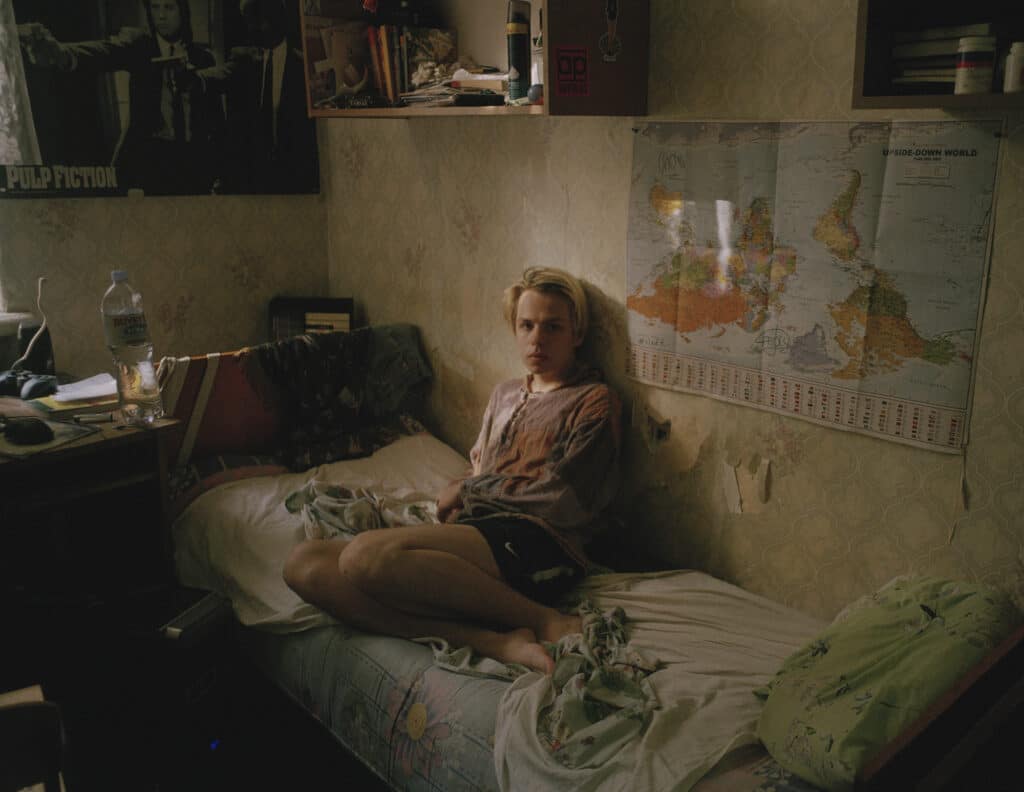
“Looking at the photographs I have made over the past six years, I realize that it is difficult for me to put what I feel into words,” says the photographer. “Every person, every place in these photographs has been touched in some way. Everything has been turned upside down by this large-scale, brutal war that Russia declared against Ukraine on February 24, 2022.”
Parafeniuk’s journey is also an unusual Ukrainian story. It’s a story of a talented photographer who collaborates with major newspapers around the world — New York Times, Le Monde, Der Spiegel, Washington Post. She is married to an American. Together they were awakened in their Kyiv home at 5 am by bombs. In 2022, she gave birth to a son in Poland, before returning to the Ukrainian capital to do her job, then leaving for the safety of her family.
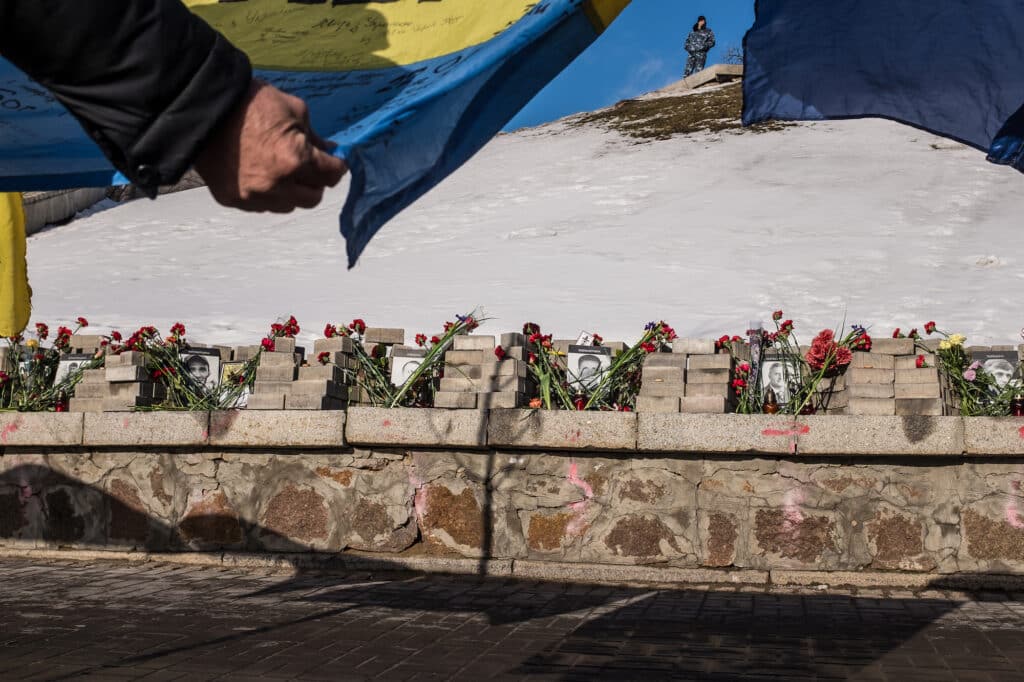
“Today,” she says, “I mostly take pictures of my son. Maybe this will become a project in the future. Although I miss Ukraine and my work as a reporter, of course.”
Stand with Ukraine, a program supporting the Ukrainian photographic scene, was launched by the Diagonal network with the support of the French Ministry of Culture, the Institut Français, the ADAGP (Society of Authors in the Graphic and Plastic Arts), and the SAIF (a copyright collecting society). The initiative has spread throughout France with the participation of photo centers.
“The Diagonal network now unites 27 art centers, including in the overseas territories,” says Erika Negrel, Secretary General of the association. “What brings us together is the desire to promote photography, to take part in sharing the photographic practice, and educational outreach. This is the network’s DNA.”
The exhibition at the Centre Photographique Marseille, was organized against this background, and is co-curated by Kateryna Radchenko, founder and director of the Odesa Photo Days festival, which today can no longer take place in Ukraine. In a special screening room, we can discover a video presentation of several dozens of Ukrainian photographers, with diverse projects, aesthetics, and messages, which surprise by their richness and depth.
Local influence
The Centre Photographique Marseille opened in its current location, near Avenue de la République, in 2018. Its programming is not limited to exhibitions: the Centre aims to bring all types of photographs to the public. Right now, it’s more about documentary photography, but the next show will focus on other genres.
“Sometimes we have subjects related to societal issues, other times more visual work,” explains the director Erick Gudimard. “We also have a creative program. We do school outreach activities. There is even a program based on questioning the image.” Some projects are clearly closely tied to the city, and even the region.
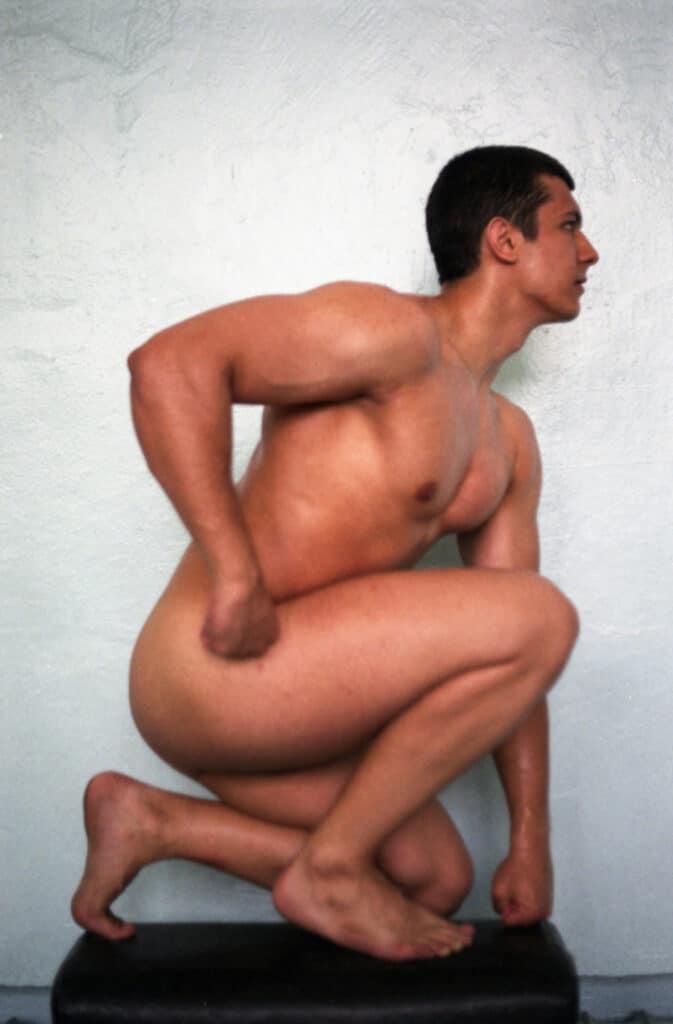
In Marseille, whose creative scene is full of talent, the Centre Photographique seems to be an important site for boosting artists’ visibility. “There are many practitioners who increasingly come to Marseille and who produce images. There is a lack of outlets, both in terms of exhibition space and private galleries. There are none,” explains Gudimard.
The Centre Photographique is also a living space, where local residents, whether passionate photography or not, can meet and exchange ideas around projects that speak to the present state of the world.
“We are currently trying to build a regional project with the FRAC, for a biannual program that will be a neighborhood event, with the residents. The work will be carried out with social partners or partners in the field. It’s a long-term project. And with COVID, the whole thing fell to pieces. We’re only just starting to rebuild those relationships.”
